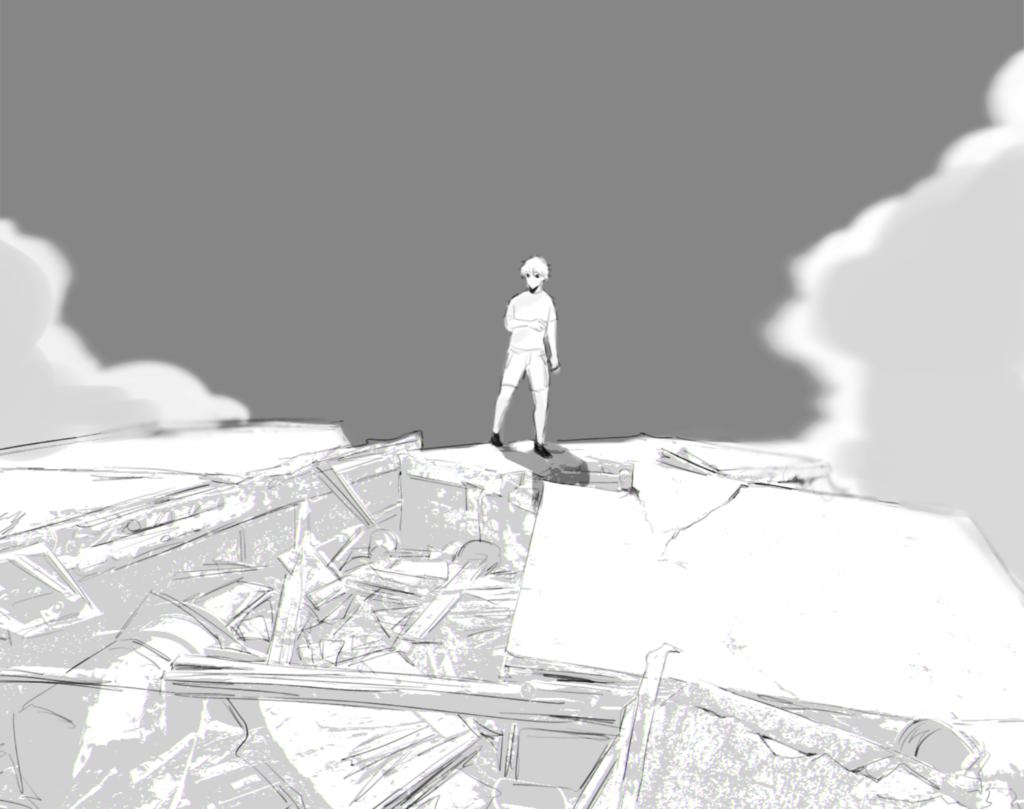Hurricane Ian struck Florida’s Gulf Coast on Sept. 28, forcing 2.5 million residents to evacuate. This category 4 hurricane, with winds reaching 155 mph, was named the “worst in the nation’s history” by President Joe Biden.
Climate change is an ongoing event, as seen by rising sea levels and retreating glaciers. Recent hurricanes have added more calamity to the world’s worsening climate crisis. Although Californians are far from the damage Ian inflicted, we cannot disregard this storm; we cannot look away from the millions of people who evacuated and lost their homes on the East Coast, as we are all victims of climate change’s impacts.
Ian’s monstrous damage, with 119 deaths and counting, sets it apart from typical Florida storms. Destruction totaled over $67 billion in insured losses in the state. The last time Florida had a natural disaster to this scale was nearly a century ago during the “Labor Day” Hurricane of 1935.
Climate attribution researchers ran a simulation of Hurricane Ian striking a hypothetical world exempt from climate change; they found that global warming was responsible for a 10% increase in Ian’s rainfall. Considering that warm air holds more water vapor, every 1 °C increase in temperature causes a 7% increase in moisture content, according to the laws of thermodynamics. Union Park, Florida, was flooded with 21.16 inches of rain on Sept. 30, equivalent to four times the average September Orlando rainfall.
For too long, the country’s fear of governmental regulations taking over or misconceptions that global warming can be adapted to has meant slow action on climate change, leading to continued high levels of greenhouse gasses. The detrimental effects of Ian reflect just that.
Our inaction paves the way for continuous catastrophic events that will only grow more destructive every time. By neglecting the seriousness of need for change, it will be too late to respond once deadly disasters become increasingly frequent. The World Meteorological Organization stated that the number of disasters has increased fivefold in the last 50 years. California dodged a bullet with Ian, but with the rate of conditions worsening, who knows? Next time, what if we become the ones facing a ruthless drought or wildfire?
As with any other natural disaster, entirely preventing hurricanes from occurring is wildly unrealistic. Given this situation that we have brought upon ourselves, the most beneficial option thus far is to slow the damage on our planet by replacing the use of fossil fuels with cleaner renewable energy sources. We must also continue to emphasize the importance of reducing, reusing and recycling, staying on the look-out for eco-friendly alternatives to everyday resources.
Additionally, during difficult times like this, Florida needs a helping hand. Even though the hurricane’s worst effects are over, displaced residents are still a long way from recovery. And relief organizations such as the American Red Cross and Coast Guard Foundation are essential conduits for helping the victims.
As young people, we cannot rely solely on climate activists to repeatedly urge action. We must do so ourselves. The severity of Hurricane Ian should serve as a reminder that time is running out to turn things around.




























